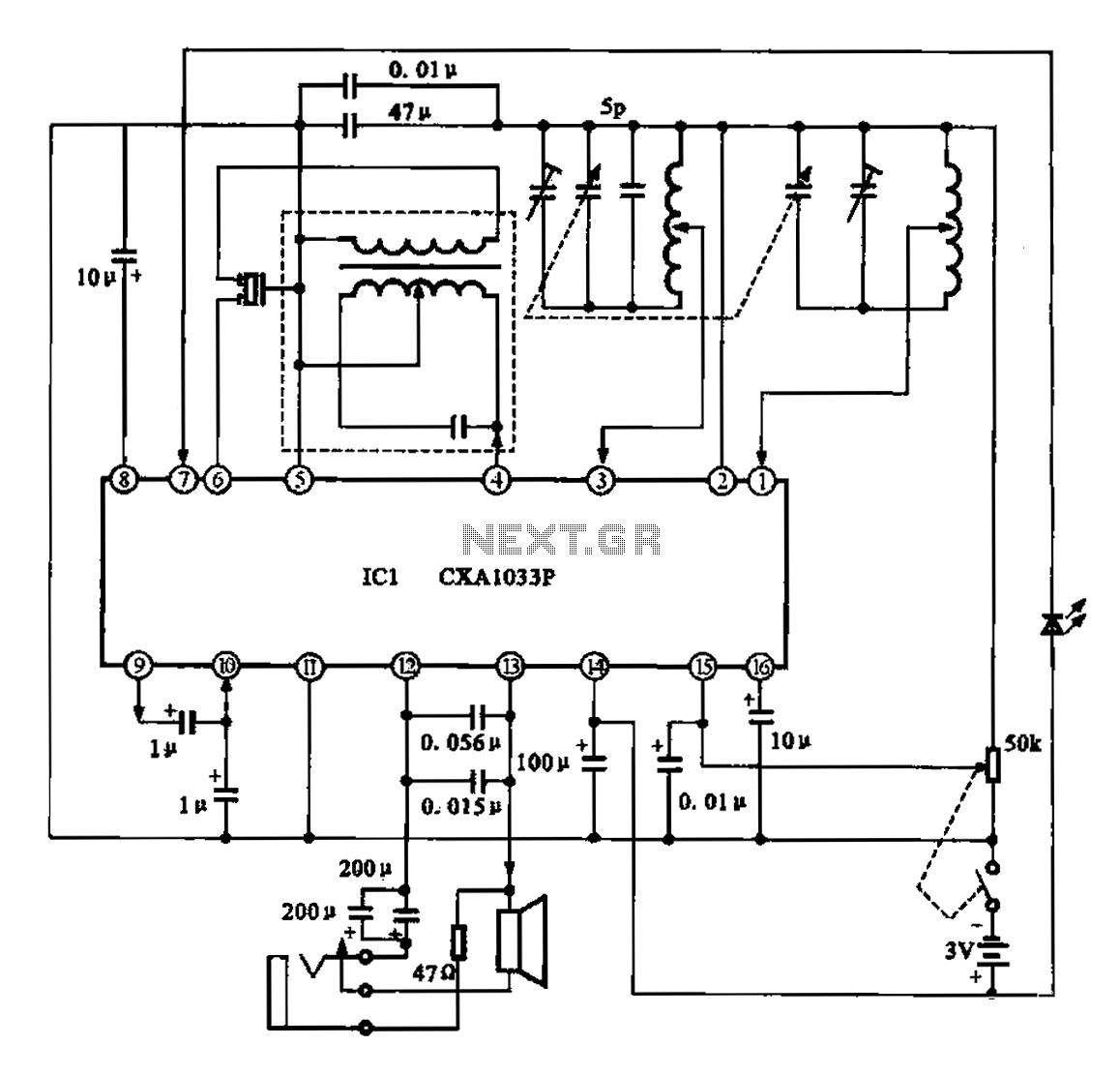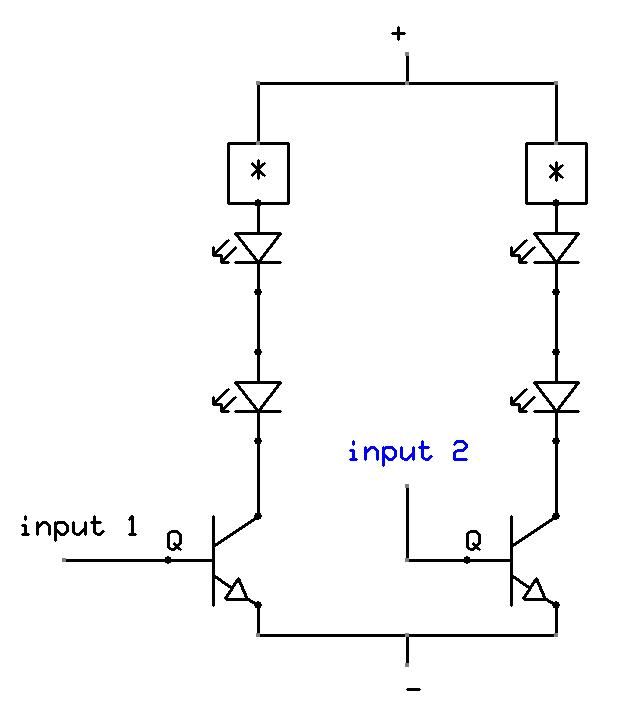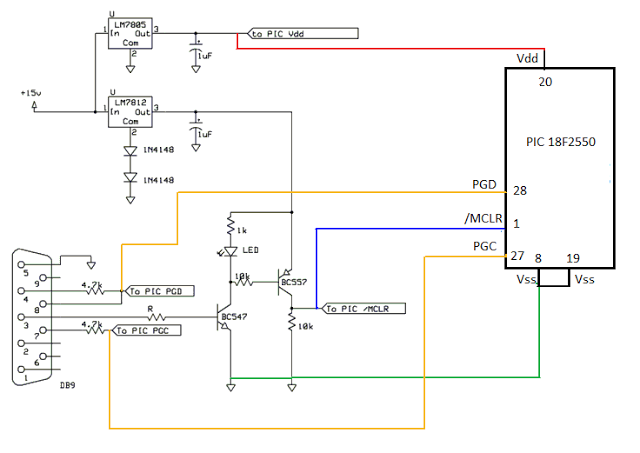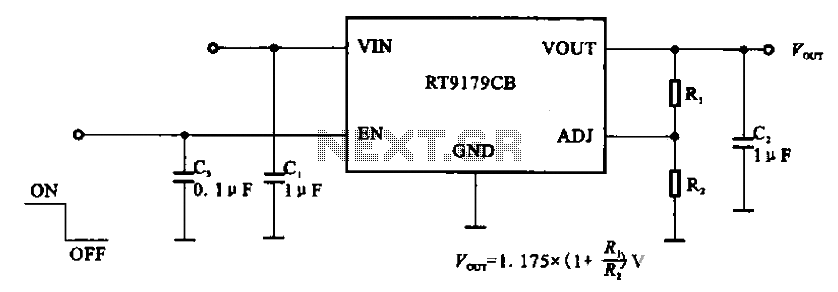
music in a chip
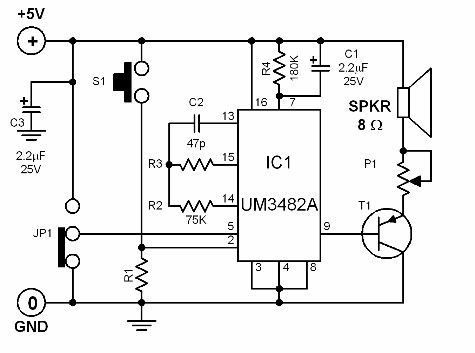
This single-chip module is capable of generating nine distinct melodies. It is typically utilized as a doorbell, an acoustic signaling device, or as a telephone "wait" melody. When switch S1 is activated, the integrated circuit (IC) sequentially plays the melodies. The playback will cease after the last melody if the JP1 terminal is grounded via a jumper. Conversely, if JP1 is connected to the positive voltage (+V), the IC will continue to play melodies as long as switch S1 remains pressed. By combining several pins, various sound effects can be achieved, as outlined in Table 21. This module can be powered by a single battery due to its minimal current consumption.
The described module operates using a microcontroller or dedicated melody generator IC, which is programmed to output audio signals corresponding to the nine melodies. The switch S1 functions as a momentary pushbutton that initiates the melody playback process. The IC is designed to handle different modes of operation based on the configuration of the JP1 terminal, which allows for versatile applications in various signaling scenarios.
In the default mode, where JP1 is grounded, the module will play through all nine melodies sequentially, stopping automatically after the last melody has been played. This mode is particularly useful for doorbell applications, where a single press should result in a complete melody cycle, providing an auditory signal to indicate a visitor's presence.
In the alternative mode, with JP1 connected to the positive voltage, the IC enters a continuous playback mode. This is ideal for situations where ongoing acoustic signaling is required, such as in a telephone system to indicate that the line is busy or that a call is waiting. The continuous playback will only terminate when the switch S1 is released, allowing for dynamic control over the audio output.
The ability to combine various pins to produce different sound effects enhances the functionality of the module, enabling designers to create unique auditory experiences tailored to specific applications. The reference to Table 21 suggests that detailed configurations and combinations of pin connections can yield varied sound characteristics, which can be critical for product differentiation in the market.
Due to its low power consumption, this module is suitable for battery-operated devices, making it an efficient choice for portable applications. The use of a single battery simplifies the design and reduces the overall size of the device, which is advantageous in consumer electronics where space is often limited. Overall, this melody-generating module represents a flexible and energy-efficient solution for diverse signaling needs.This 1-chip module can generate 9 different melodies. It is normally used as a doorbell, an acoustic signalling device or as a telephone "wait" melody. Once switch S1 is pressed the IC plays the melodies one after the other. It will stop after the last melody when the JP1 terminal is connected to ground by a jumper. Alternatively, when JP1 is conn ected to the +V, the IC will play continously as long as the switch S1 remains closed. Combining several pins produces different effects as shown in Table 21. 0. A single battery can be used to power this module since its current consumption is negligible. 🔗 External reference
The described module operates using a microcontroller or dedicated melody generator IC, which is programmed to output audio signals corresponding to the nine melodies. The switch S1 functions as a momentary pushbutton that initiates the melody playback process. The IC is designed to handle different modes of operation based on the configuration of the JP1 terminal, which allows for versatile applications in various signaling scenarios.
In the default mode, where JP1 is grounded, the module will play through all nine melodies sequentially, stopping automatically after the last melody has been played. This mode is particularly useful for doorbell applications, where a single press should result in a complete melody cycle, providing an auditory signal to indicate a visitor's presence.
In the alternative mode, with JP1 connected to the positive voltage, the IC enters a continuous playback mode. This is ideal for situations where ongoing acoustic signaling is required, such as in a telephone system to indicate that the line is busy or that a call is waiting. The continuous playback will only terminate when the switch S1 is released, allowing for dynamic control over the audio output.
The ability to combine various pins to produce different sound effects enhances the functionality of the module, enabling designers to create unique auditory experiences tailored to specific applications. The reference to Table 21 suggests that detailed configurations and combinations of pin connections can yield varied sound characteristics, which can be critical for product differentiation in the market.
Due to its low power consumption, this module is suitable for battery-operated devices, making it an efficient choice for portable applications. The use of a single battery simplifies the design and reduces the overall size of the device, which is advantageous in consumer electronics where space is often limited. Overall, this melody-generating module represents a flexible and energy-efficient solution for diverse signaling needs.This 1-chip module can generate 9 different melodies. It is normally used as a doorbell, an acoustic signalling device or as a telephone "wait" melody. Once switch S1 is pressed the IC plays the melodies one after the other. It will stop after the last melody when the JP1 terminal is connected to ground by a jumper. Alternatively, when JP1 is conn ected to the +V, the IC will play continously as long as the switch S1 remains closed. Combining several pins produces different effects as shown in Table 21. 0. A single battery can be used to power this module since its current consumption is negligible. 🔗 External reference
